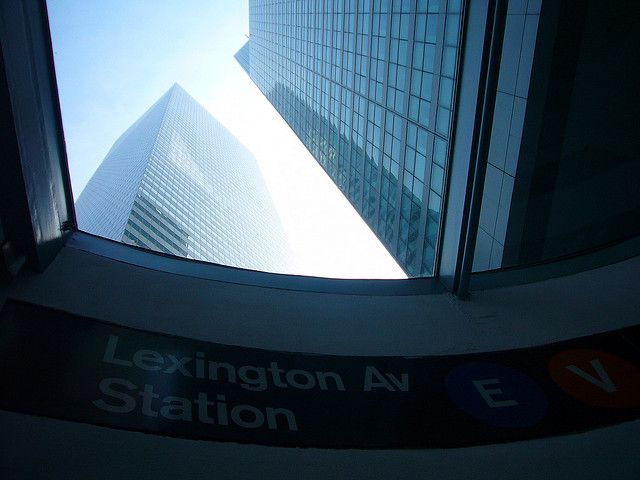Back in March, we reported on the growing push across the country to have local governments start benchmarking energy use in large-scale public and commercial buildings, part of an effort to make cities more sustainable while creating jobs in the process.
Last week, New York City released a preliminary report on its benchmarking laws, which were implemented in 2009.
The document breaks down how energy is consumed within the city and projects how the law — “which requires all privately-owned properties with individual buildings over 50,000 square feet or with multiple buildings with a combined square footage over 100,000 square feet to annually measure and report their energy and water use” — could benefit the city in the coming decade.
According to the report, if all qualified commercial buildings in New York took the necessary steps to meet the energy usage benchmark, the city’s energy consumption would be reduced by roughly 18 percent over the next 10 years. Meanwhile, emission of greenhouse gases would shrink by 20 percent.
California was the first state to enact benchmarking policies in 2007. A year later, Washington D.C. set the precedent for benchmarking in municipalities. In the five years since, five U.S. cities — Austin, Texas, Portland, Ore., New York, Seattle and, most recently, San Francisco — and the states of Washington and Massachusetts have implemented similar measures.
There are a number of positive economic impacts beyond reduced energy consumption. According to the Institute for Market Transformation, a Washington, D.C.-based think tank, the entire process of making commercial properties more energy efficient nationwide could create 23,000 new jobs by 2015 and 59,000 new jobs by 2020.
With increasingly positive projections about energy benchmarking coming forth, more municipal governments across the country are taking steps to benchmark energy usage in their cities.
In June, Philadelphia passed its own energy consumption benchmark laws. Starting June 1 of next year, any commercial building larger than 50,000 square feet that fails to report its yearly energy and water consumption data would be subject to a $300 fine for the first 30-day period, and $100 each following day.
















